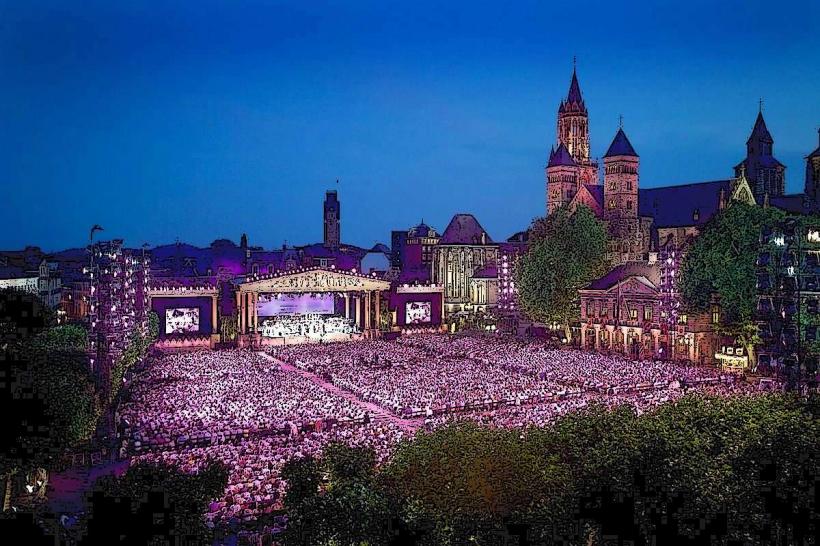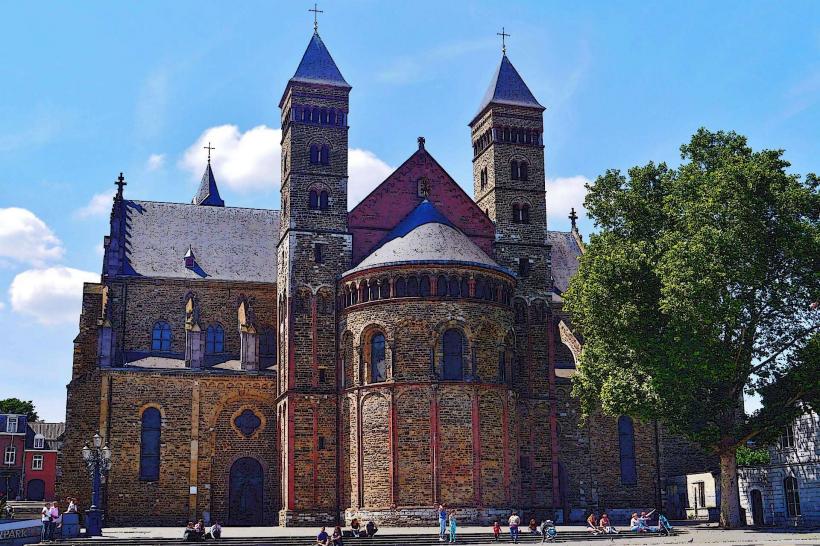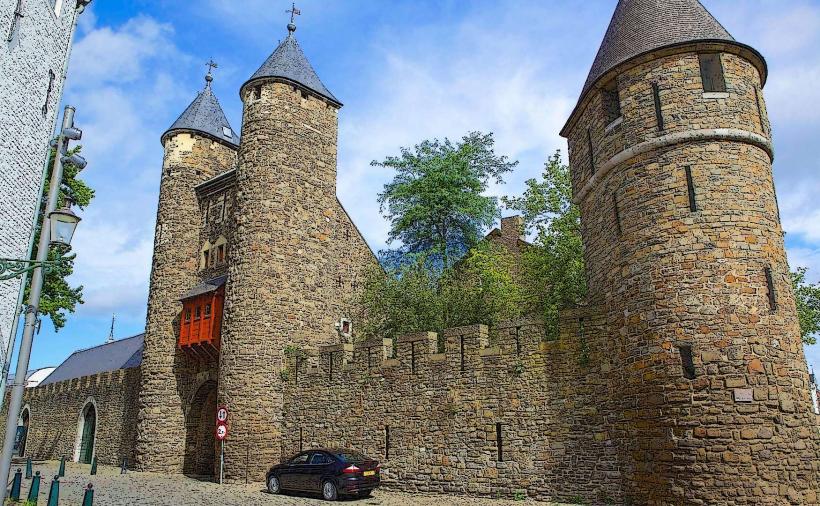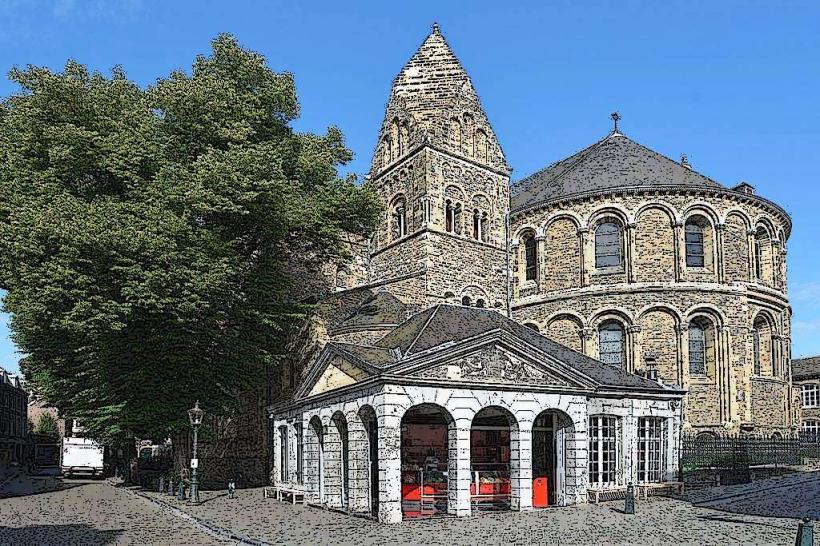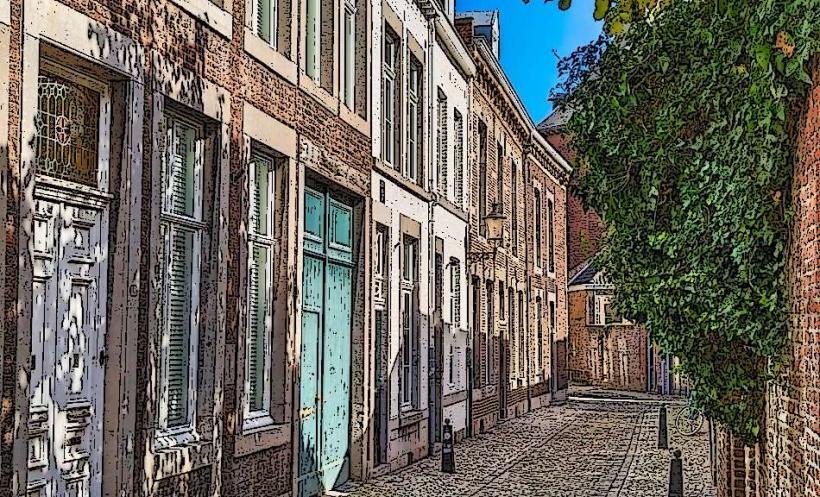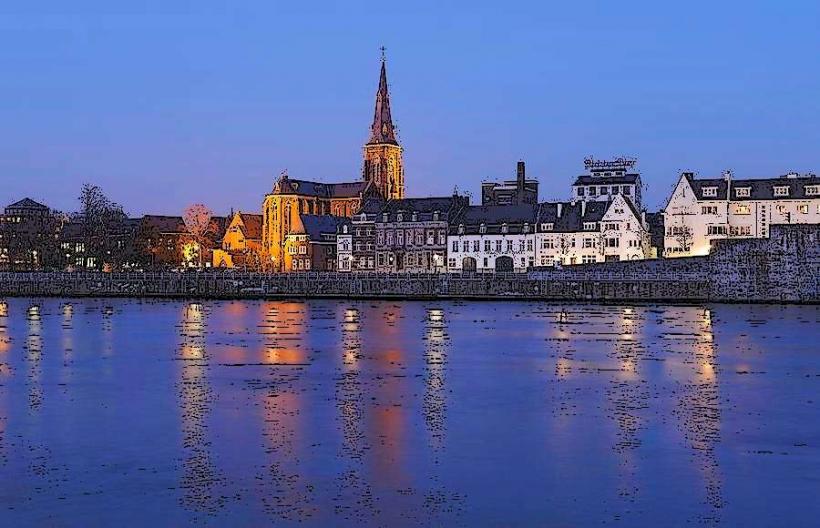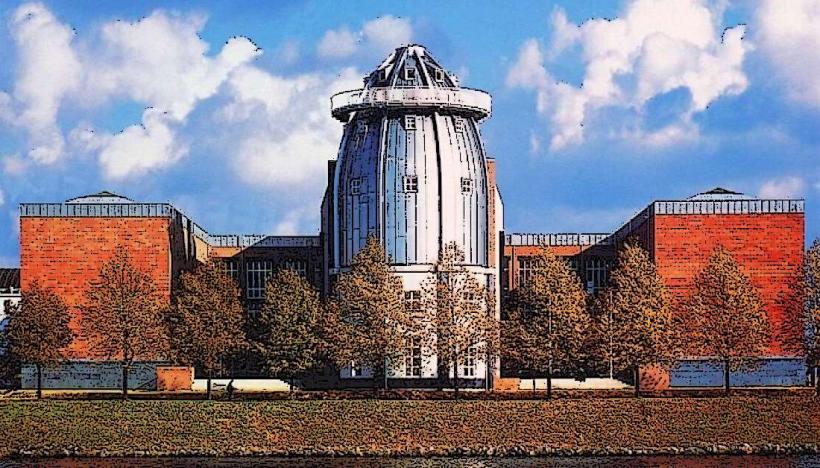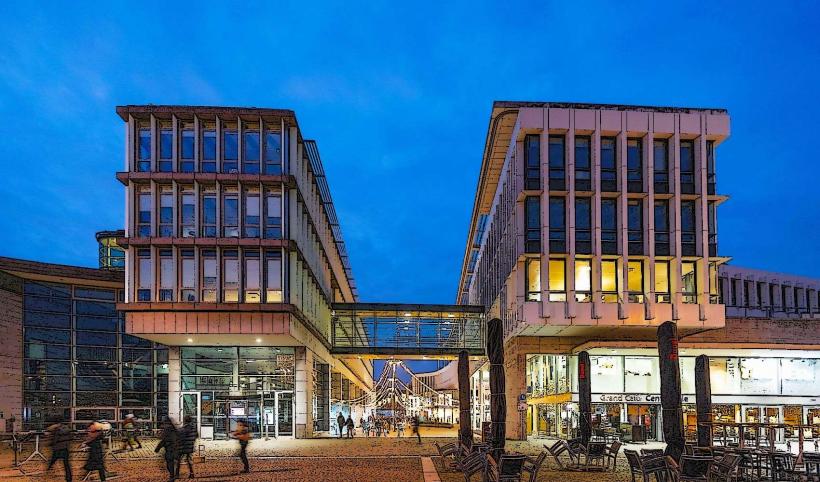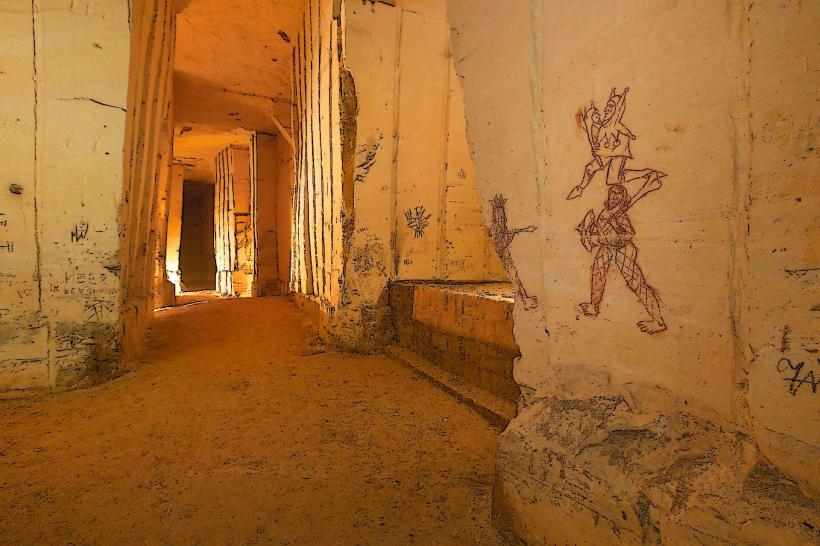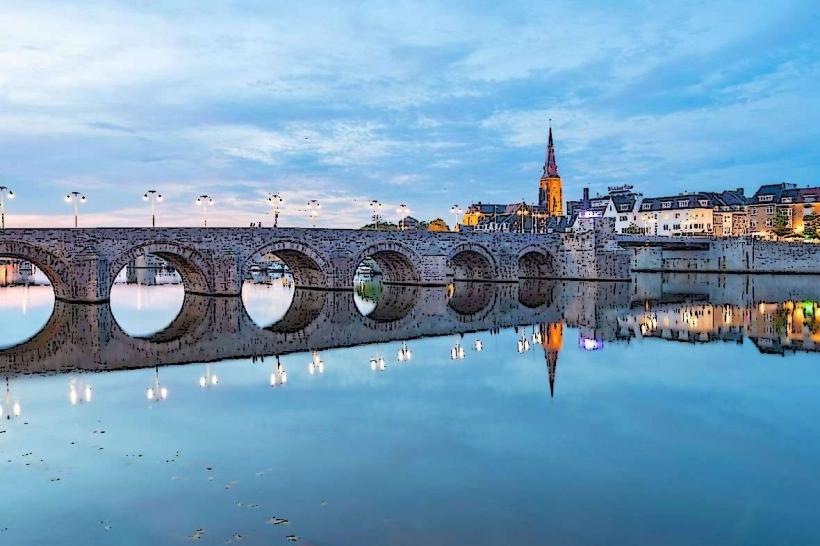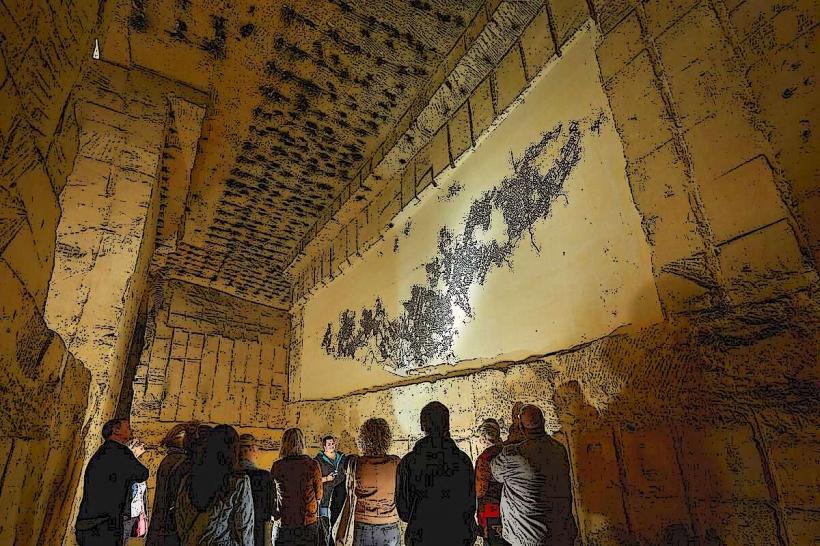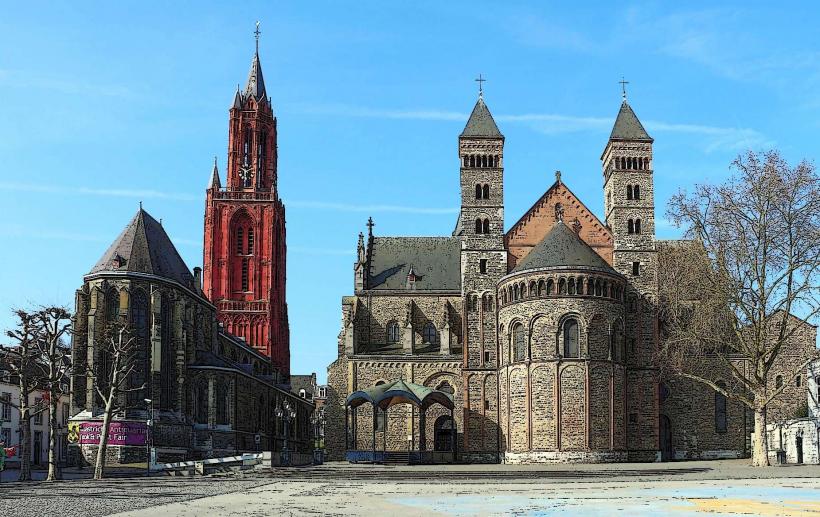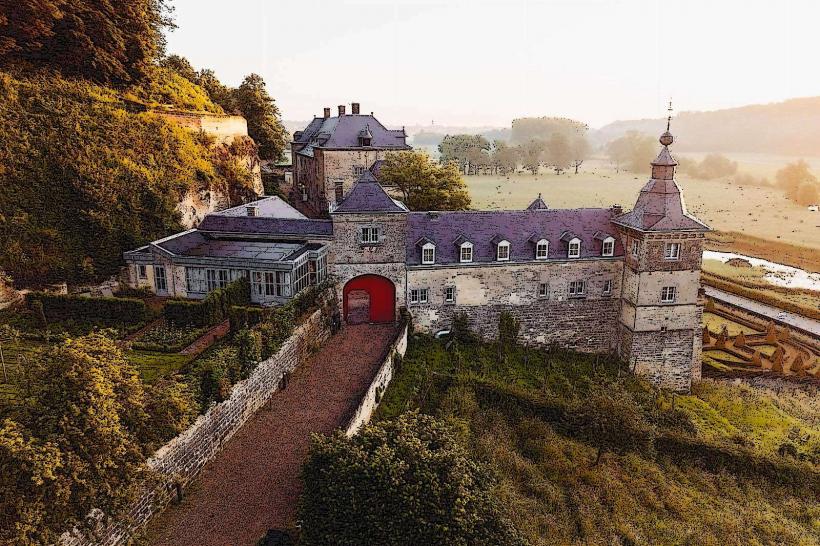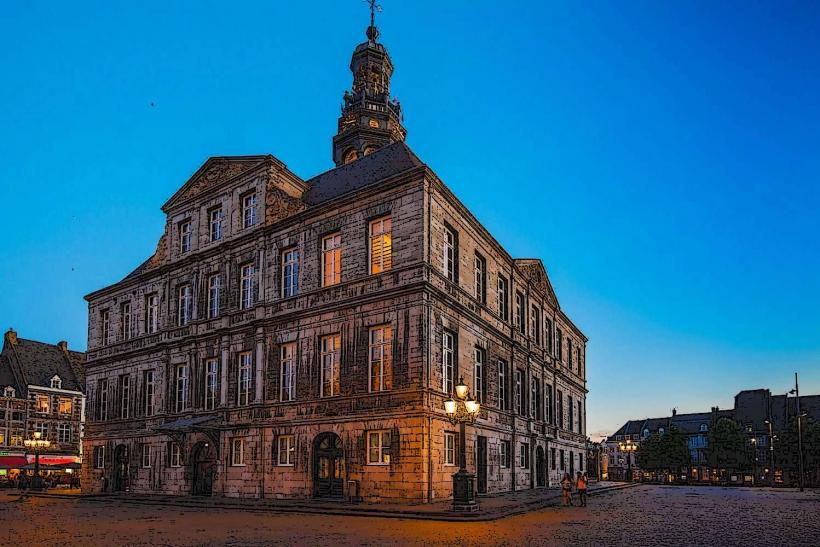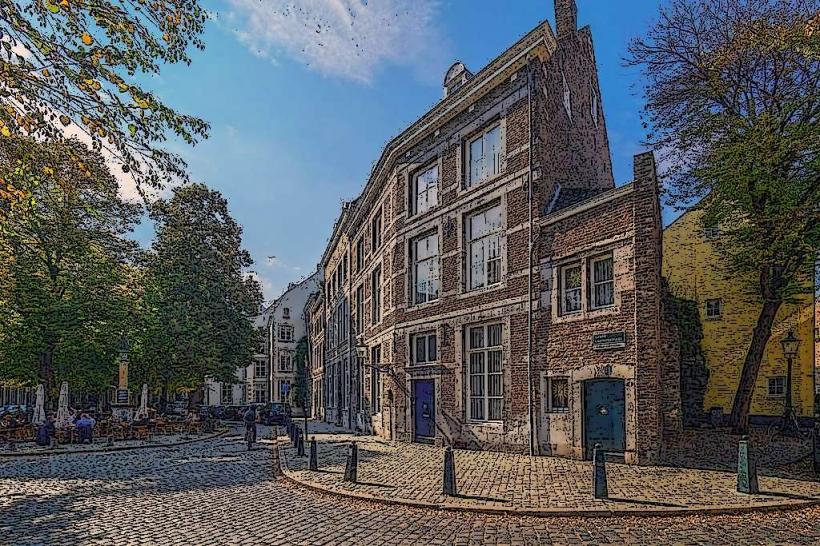Information
Landmark: Maastricht UniversityCity: Maastricht
Country: Netherlands
Continent: Europe
The University of Maastricht (Maastricht University) is one of the most renowned universities in the Netherlands, known for its international character, innovative teaching methods, and strong focus on research and multidisciplinary education. Founded in 1976, Maastricht University (UM) is located in the city of Maastricht, in the southernmost part of the Netherlands, near the borders with Belgium and Germany. The university has become a key part of the city's identity and plays an important role in its educational, cultural, and economic life.
1. History and Foundation
- Founding: Maastricht University was established in 1976 as a result of efforts to meet the growing demand for higher education in the region. The university was founded to bring together students and faculty from different backgrounds and to provide a new, more flexible form of university education.
- Multilingual and International Focus: From the outset, the university aimed to be international and multilingual, offering programs in both Dutch and English. This was part of a broader effort to integrate Maastricht into the European academic network and attract international students and scholars.
- Growth: Over the years, the university has grown rapidly, both in terms of student numbers and academic reputation. It is now one of the leading universities in the Netherlands and regularly ranks among the top institutions in Europe.
2. Academic Structure
- Faculties and Programs: Maastricht University is organized into several faculties, each specializing in different areas of study. These faculties include:
- Faculty of Arts and Social Sciences (FASoS): Offers programs in fields such as history, philosophy, sociology, and political science.
- Faculty of Business and Economics (SBE): Known for its programs in economics, international business, and management.
- Faculty of Health, Medicine, and Life Sciences (FHML): Offers courses in medicine, biomedical sciences, psychology, and related fields.
- Faculty of Law: Known for its strong emphasis on international and European law, and legal studies.
- Faculty of Science and Engineering (FSE): Focuses on engineering, mathematics, and natural sciences.
- Innovative Teaching Methods: Maastricht University is particularly famous for its Problem-Based Learning (PBL) system. This teaching method encourages students to work together in small groups, solve real-world problems, and develop critical thinking and communication skills. This system has been a cornerstone of the university’s educational philosophy and is widely regarded as one of the best in Europe.
- Internationalization: Maastricht University has a strong international outlook, with a large percentage of its student body coming from outside the Netherlands. It offers a wide variety of English-taught programs at both undergraduate and graduate levels, attracting students from all over the world.
3. Research Excellence
- Research Focus: The university is involved in cutting-edge research across a range of disciplines, with particular strengths in areas such as health, life sciences, law, international business, and social sciences. Maastricht is also home to several interdisciplinary research institutes and centers.
- Research Institutes: UM boasts a number of prominent research institutes, including the Maastricht Institute of Political Studies (MIPS), the Maastricht University School of Business and Economics, and the Maastricht University Medical Center (MUMC), which conducts important research in areas such as biomedicine and clinical practice.
- Collaborations: The university is involved in numerous international research collaborations and partnerships with other leading universities and research institutions around the world.
4. Global Reputation
- Rankings: Maastricht University consistently ranks highly in international rankings. It is often ranked among the top universities in Europe and the world for specific fields such as business, law, and social sciences. UM is particularly known for its international student community and its focus on international relations, European law, and global health.
- International Networks: The university is a member of several prestigious global networks, including the European University Association (EUA) and the League of European Research Universities (LERU). This provides Maastricht University students and faculty with valuable opportunities for academic exchange and collaboration across Europe and beyond.
- Accreditations: Maastricht University has received numerous prestigious accreditations, including AACSB and EQUIS for its business programs, which ensures the high quality of education provided.
5. Campus and Facilities
- Campus Locations: Maastricht University is spread across multiple campuses throughout the city, offering a dynamic and student-centered environment. The university’s main buildings are located in the city center, close to the old town and train station, making them easily accessible for students.
- Modern Facilities: UM has state-of-the-art laboratories, libraries, and study spaces. The UM Sports Centre provides students with access to a range of sports and fitness facilities. The university also offers a number of student accommodations and international student services to assist with their transition to living and studying in Maastricht.
- Sustainability: The university places a strong emphasis on sustainability and aims to reduce its environmental impact through various initiatives, such as using renewable energy, promoting sustainable transport, and encouraging recycling on campus.
6. Student Life
- International Student Body: Maastricht University has a vibrant international student community, with students from over 100 countries around the world. This diversity enriches the academic experience and provides a global perspective to the learning environment.
- Student Organizations: The university is home to a variety of student associations, clubs, and organizations that cater to a range of academic, cultural, and social interests. These include the International Student Network (ISN), the Maastricht University Student Union (MUSST), and the Student Sport Foundation.
- Cultural and Social Activities: Maastricht is known for its rich cultural heritage, and university students are encouraged to participate in the city’s many events, festivals, and exhibitions. Maastricht's proximity to Belgium and Germany also offers students the opportunity to explore a variety of European cultures and regions.
- Active Campus Life: With numerous cafes, sports teams, and student-run events, campus life at Maastricht University is lively and diverse. The university’s central location in Maastricht means that students are close to the city’s historical landmarks, shopping districts, and recreational spots.
7. International Connections and Impact
- Global Partnerships: Maastricht University is connected to universities and academic institutions worldwide, fostering an environment of international collaboration and exchange. The university participates in various international programs, research projects, and internships.
- European Capital: Maastricht is also well-known for hosting the Maastricht Treaty, which laid the foundation for the European Union, further highlighting the city's significance as a center for European studies and international relations. This international context gives students the opportunity to be involved in key European policy debates and research on global issues.
8. Conclusion
The University of Maastricht is a vibrant and innovative institution that provides students with a high-quality, international education. With its commitment to multidisciplinary learning, research excellence, and a global outlook, UM has become a leading university not only in the Netherlands but also in Europe and the world. Whether studying business, health sciences, law, or the arts, students at Maastricht University benefit from an academically challenging and culturally enriching environment.

